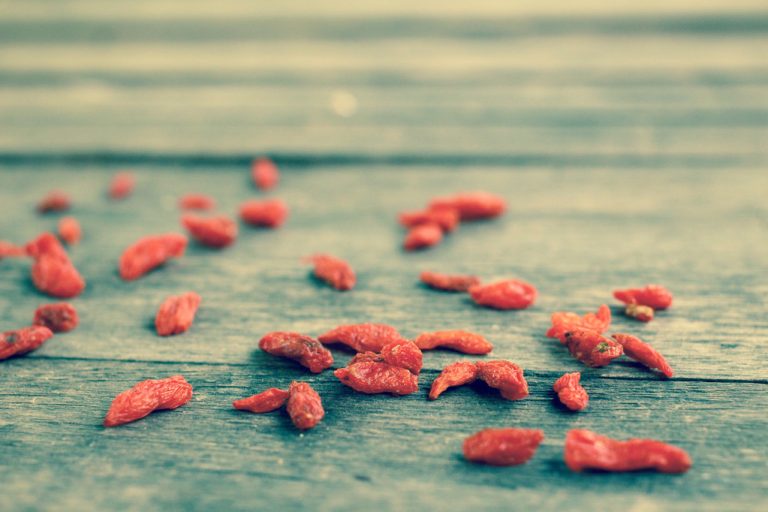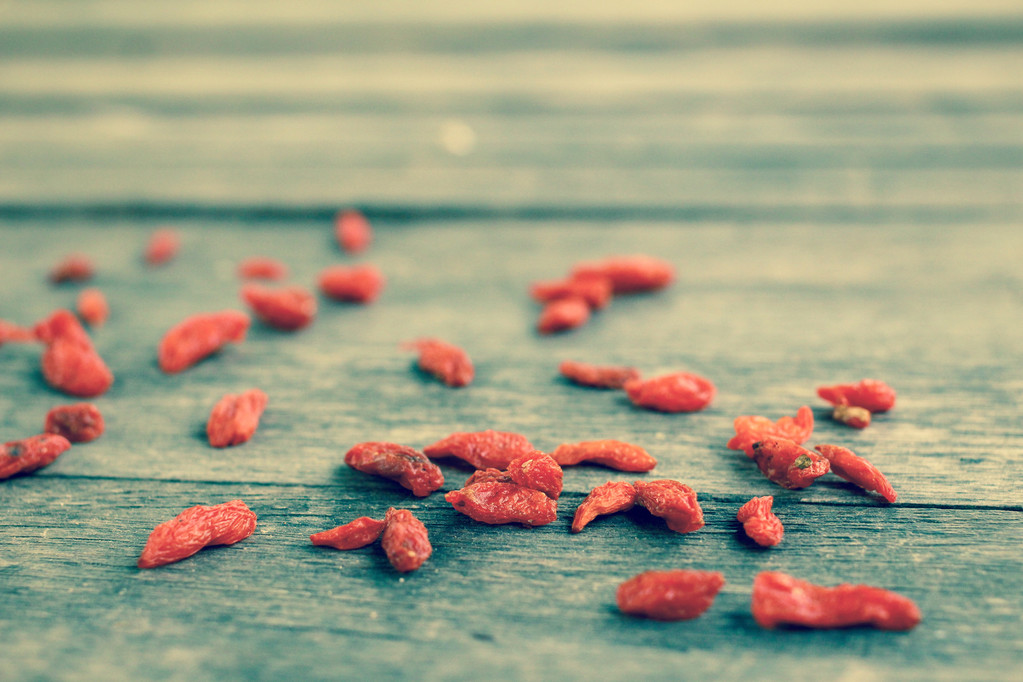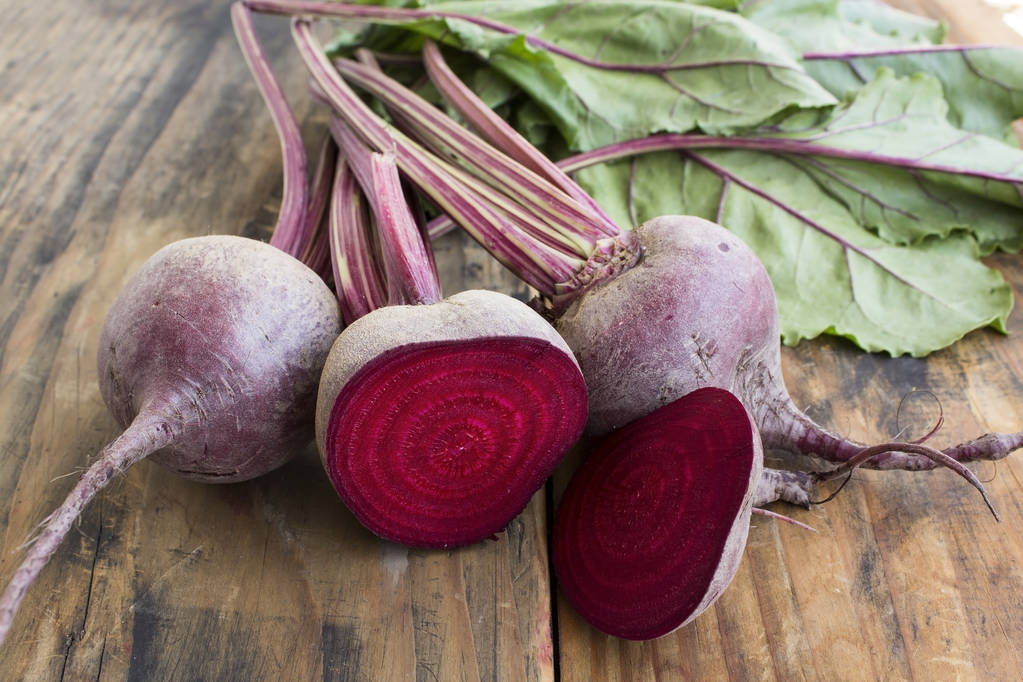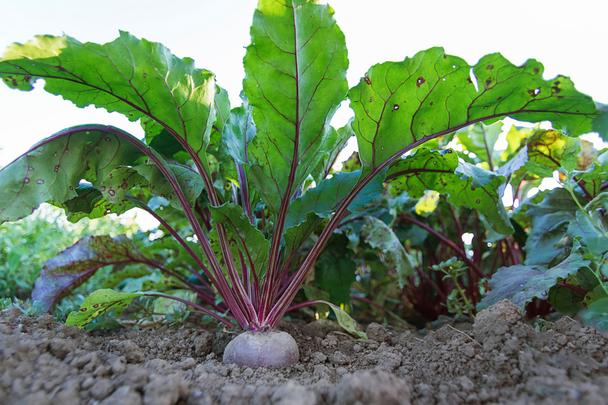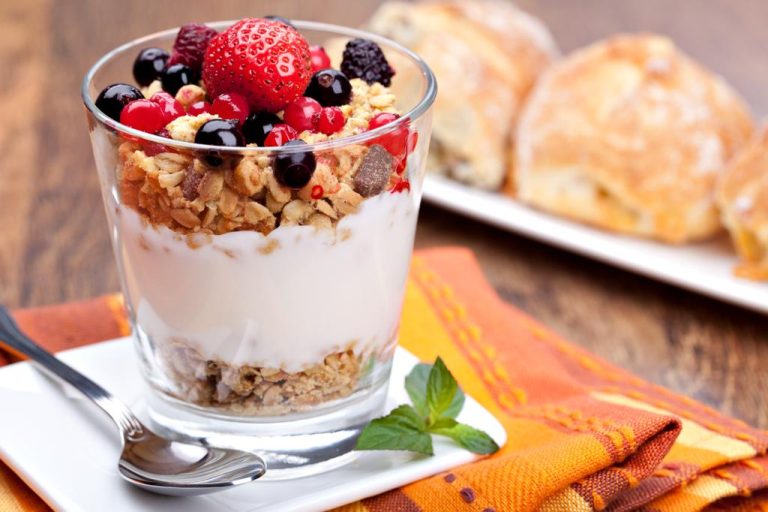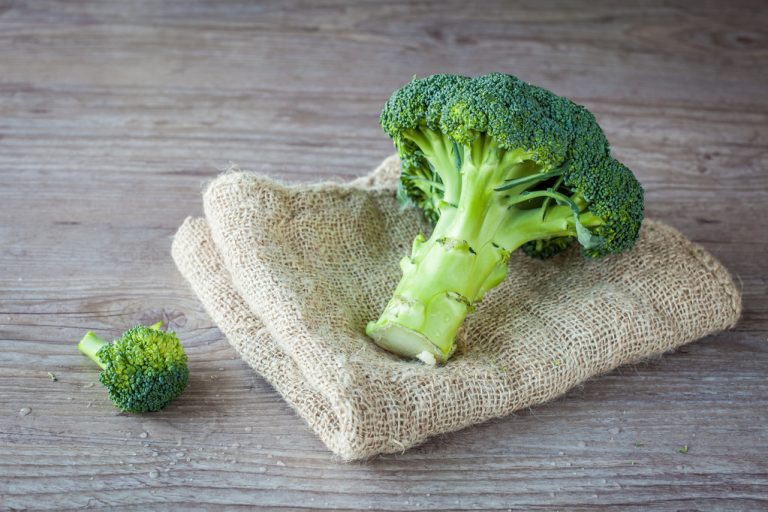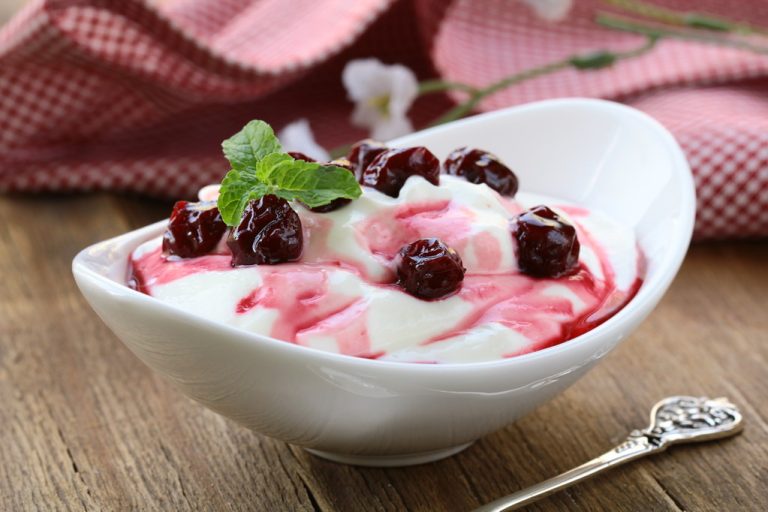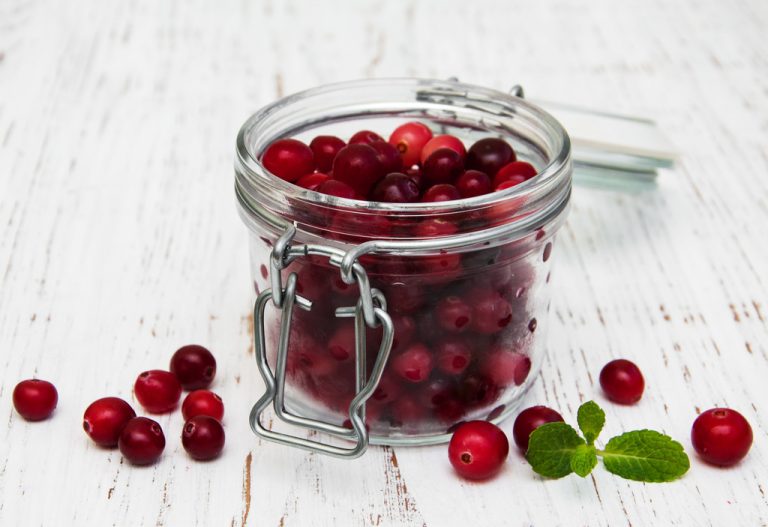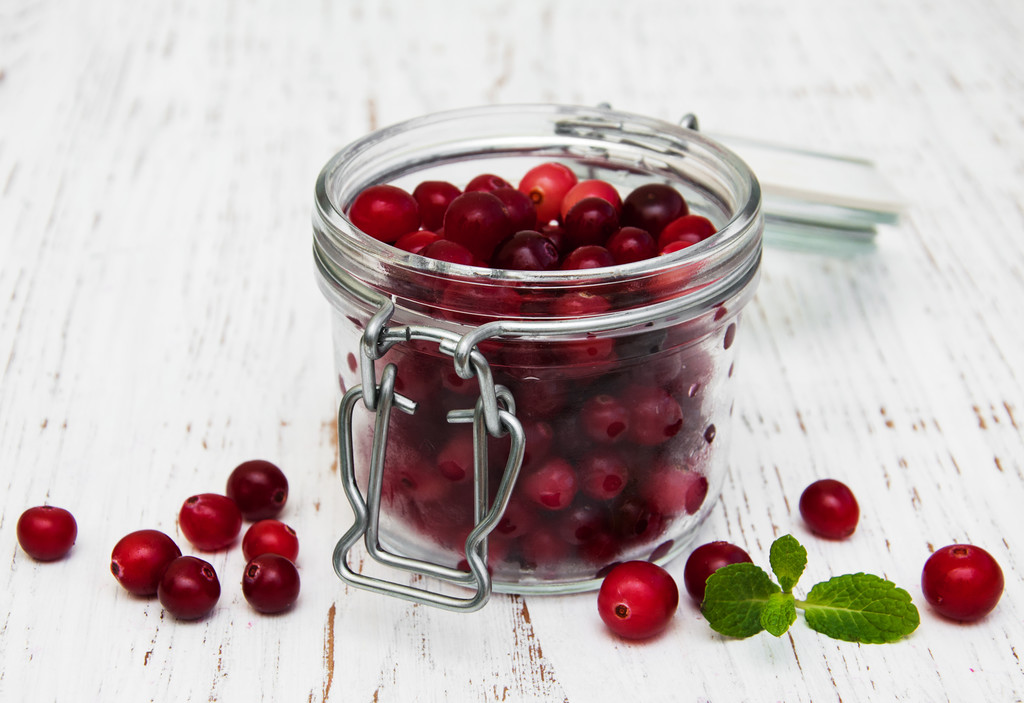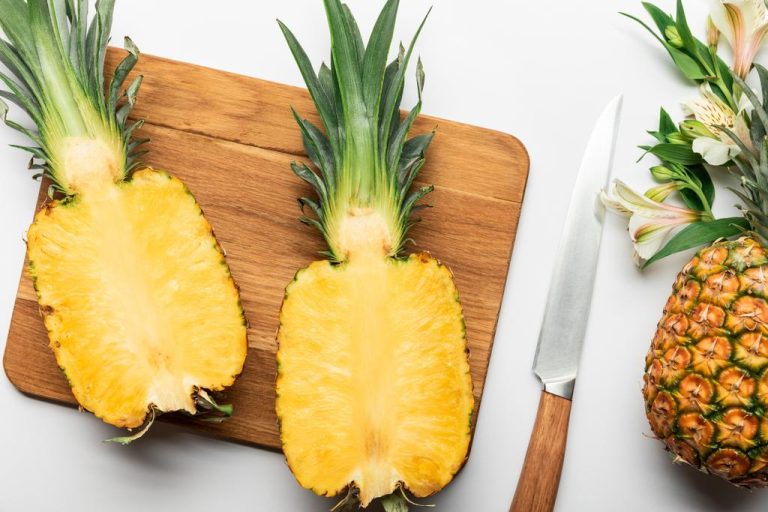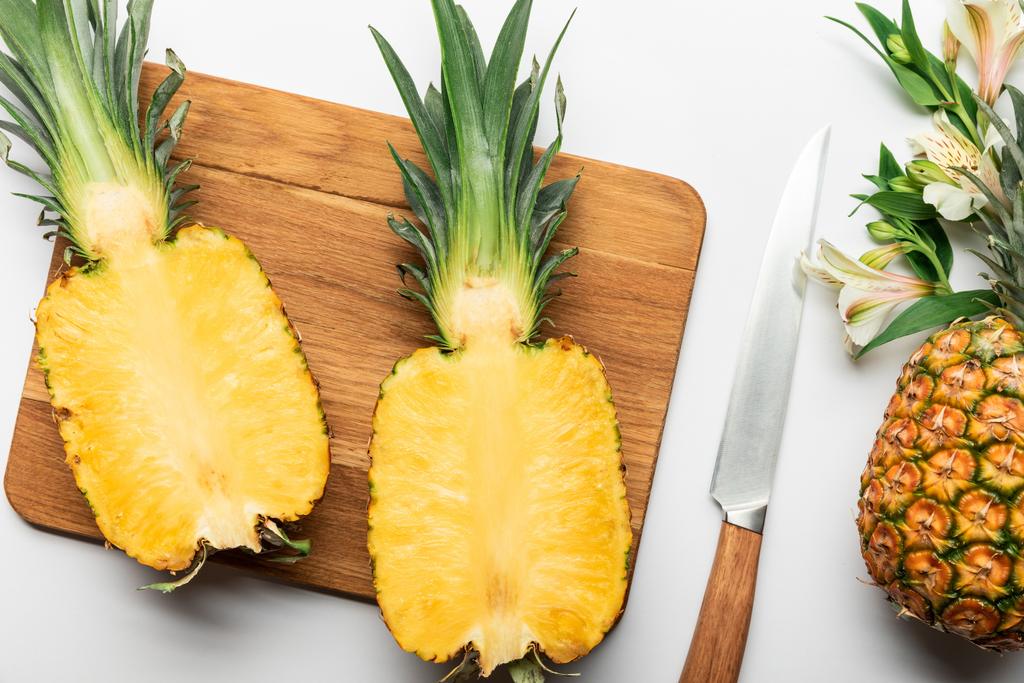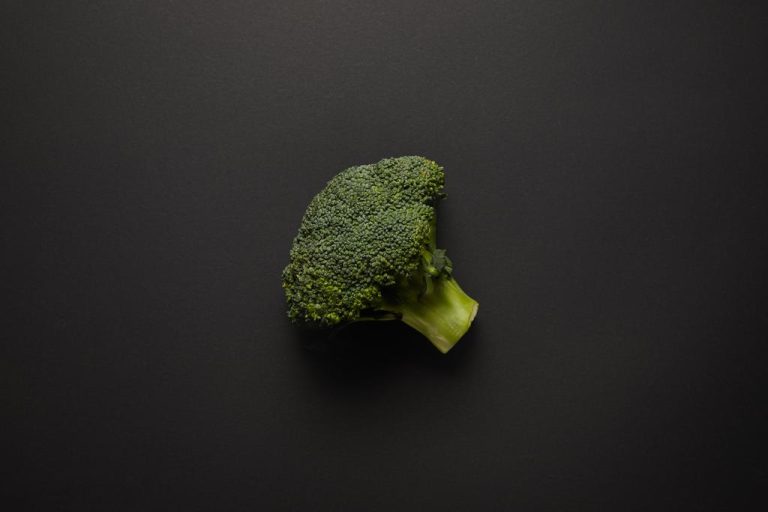Who doesn’t know it: the fear of exams! The trembling knees on the way to the driver’s license test or the sweaty hands during the oral Abitur, almost everyone has experienced this feeling at some point. If you have very strong exam anxiety, which can manifest itself in sleep disorders or depression, for example, you should definitely seek help from a professional advisor such as a psychologist or psychotherapist. This can be done in individual talks or in a group.
Causes of test anxiety

This emotional-physical reaction can be caused, for example, by social pressure to perform, a strict upbringing by anxious or overly demanding parents, or negative experiences in previous exams. In order to properly deal with a stressful situation of this kind, the symptoms must first be interpreted and accepted as test anxiety. Only then can one begin to find out and apply the method that is most suitable for oneself against inner tension and nervousness.
1) Anchor positive feelings
With regard to the average level of nervousness before an exam, there are a number of ways to calm yourself down, such as this little trick: press the thumb and forefinger of one hand together and think for about 3 minutes about an experience that you personally found pleasant, e.g Walk on the beach with the warm sand on your feet and the smell of the sea in your nostrils. If you repeat this process frequently, after a while you will feel relaxed and positive just by pressing your thumb and forefinger together. In psychotherapy, this process is called “dropping the anchor”.
2) Attend anxiety courses at college
Courses are offered at various German universities in which you can learn to reduce or overcome your fears in relation to exams. They are led by professional advisors.
Talking to other participants in the course and the feeling that you are not alone in the face of the problem can also help. In these anti-stress and anti-anxiety seminars, oral or written exams are often re-enacted to familiarize course participants with the exam situation.
3) Use Bach flowers or relaxation exercises
For some, it is the Bach flowers, for others relaxation exercises such as autogenic training, yoga, or Thai Chi help. However, sports such as jogging and cycling or mental anticipation of the exam situation can also reduce stress. A certain fear of exams is normal. This well-known worry about the upcoming event, which manifests itself in the form of inner restlessness, tingling in the stomach, and sweaty hands, tends to have a performance-enhancing effect in the exam itself.
Professional help with severe test anxiety

On the other hand, very strong test anxiety with far more severe symptoms can also have a negative effect on concentration and memory. It is advisable to talk to a professional advisor here in order to track down the cause of test anxiety and tackle the problem personally.



